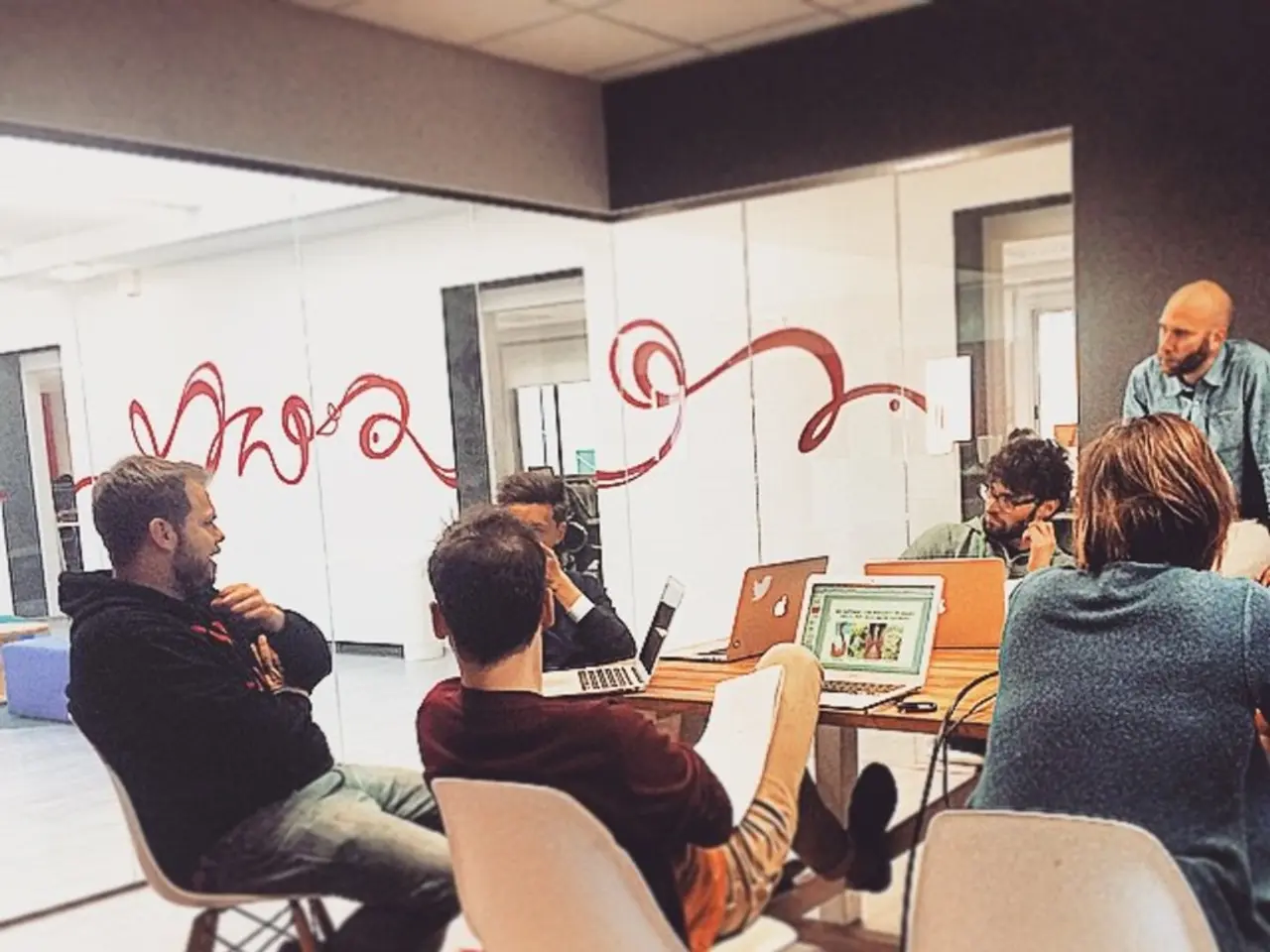Navigating work transitions by leveraging your prowess
In the dynamic world of work, change is inevitable. However, with a strategic approach, one can navigate these shifts with ease and even turn them into opportunities for growth. Here's how you can harness your unique strengths to handle workplace changes effectively.
Firstly, recognise your strengths. Moments of high engagement and productivity often reveal your areas of expertise. For instance, if you find yourself generating new ideas or excelling in strategic thinking, these are your strengths.
Each individual has a unique set of strengths, which can be a valuable resource in times of change. By using these strengths, you can not only reduce stress levels but also improve your results. To apply your strengths to work tasks, break down complex tasks into smaller parts and choose areas where your skills will be most useful.
For example, if strategic thinking is a strength, contribute to planning initiatives during transitions. This approach increases engagement, resilience, and productivity during change, transforming challenges into opportunities to apply and grow your best capabilities.
Adopting a growth mindset complements this process. View changes as chances for learning, seek feedback actively, and embrace continuous improvement. This mindset helps you remain adaptable and resilient when navigating workplace shifts.
However, it's essential to be mindful of the potential "blind spots" of your strengths. Overusing a strength can sometimes be counterproductive. Use coaching or peer feedback to apply your strengths mindfully and strengthen team dynamics during change.
There are tools and methods available to better understand one's strengths. Seeking feedback from colleagues or taking specialized tests can provide valuable insights.
If you possess strong leadership qualities, you can take charge of coordinating the team in challenging situations. Questions to ask yourself to identify your strengths include "What makes me feel energetic at work?" and "What skills do I use when I achieve my best results?"
In sum, effective handling of change involves consciously aligning your work with your strengths, embracing growth and feedback, and being mindful of how your strengths impact collaboration and results.
- Embrace the opportunities that workplace changes present for growth by identifying and applying your strengths, such as strategic thinking or leadership qualities, to work tasks.
- Cultivate a growth mindset to view these shifts as chances for learning, seek active feedback, and continually improve your skills to remain adaptable and resilient.
- Be aware of potential blind spots in your strengths by seeking feedback from colleagues or using specialized tests to improve your abilities and team dynamics during periods of change.




